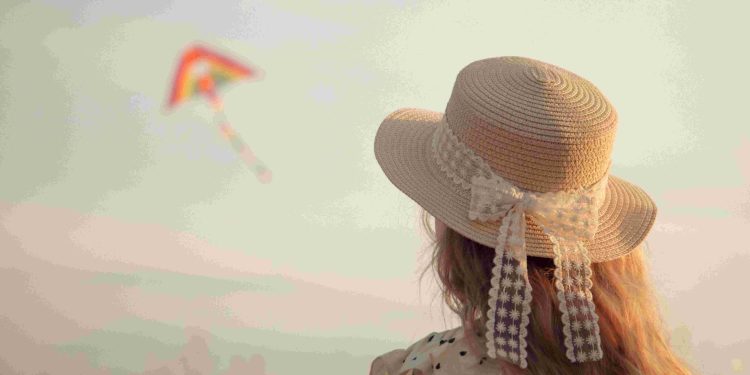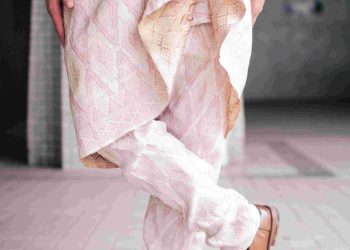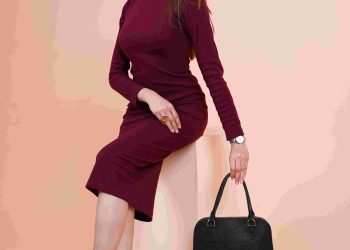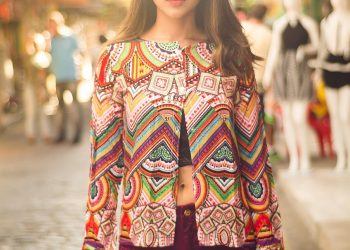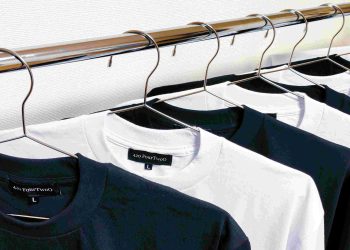Affordable Sustainable Alternatives to Fast Fashion
Fast fashion is cheap, but it’s costing us far more than we realize—our planet, dignity, and even our creativity.
Here’s the truth: Every time we buy that $10 t-shirt or that $20 pair of jeans, we’re participating in a system that prioritizes profit over people, convenience over craftsmanship, and volume over value. But what if the alternative isn’t about paying hundreds of dollars for a single piece of clothing? What if sustainability is not just an ethical decision but also an accessible one?
Years ago, I found myself standing in a dimly lit dressing room, holding a blouse from a high-end ethical brand in one hand and my increasingly thin wallet in the other. The blouse was $120, an amount that far exceeded the $25 tags I was used to seeing at fast fashion retailers. It was a sobering moment—a microcosm of the moral and financial conflicts many of us experience when trying to balance budget with conscience. I walked out that day empty-handed, feeling like I had failed to align my actions with my values. But that setback set me on a journey to uncover practical, affordable ways to break out of the fast fashion grind without breaking the bank.
Rethinking the Value of Clothing
What’s interesting about our relationship with fast fashion is how closely it mirrors our broader consumer behaviors. Think about it—our tendency to prioritize the new, the shiny, and the trendy often comes at the expense of longevity and substance. Psychology tells us this is due to the “hedonic treadmill” effect—the constant pursuit of short-lived happiness through material possessions. But what happens when we slow down, step off this treadmill, and redefine what we truly value in clothing?
For me, it meant learning to embrace minimalism—not the stark minimalism of owning only five outfits—but the thoughtful kind. I began viewing every clothing purchase as an investment, not just in durability but in storytelling. Each piece became a chapter in my wardrobe’s narrative, a reflection of my evolving tastes and ethics. This reframing not only changed how I shopped but also made me feel more connected to the items I owned. I no longer needed 50 mediocre options; I craved 10 extraordinary ones.
Affordable Alternatives to Fast Fashion
Contrary to popular belief, adopting sustainable fashion doesn’t demand a designer budget. It requires creativity, resourcefulness, and a willingness to explore. Here are actionable steps to make the transition approachable:
-
Thrift Shopping:
Vintage and second-hand stores aren’t just about finding unique pieces; they’re about extending the lifecycle of clothing. Plus, the thrill of the hunt is unmatched by any online click. -
Clothing Swaps:
Organizing a swap with friends or joining community events is an excellent (and free) way to refresh your wardrobe. -
Look for Ethical Mid-Priced Brands:
Not all sustainable brands charge exorbitant rates. Companies like Pact, Everlane, and Kotn offer affordable, high-quality alternatives. -
Upcycling:
Turn old shirts into tote bags or oversized jeans into trendy shorts. DIY fashion is not only sustainable but also deeply satisfying. -
Rent the Runway:
If you’re dressing for a special occasion, consider renting instead of buying something you’ll only wear once.
Sustainability as a Technology and Business Frontier
The future of sustainable fashion isn’t just rooted in individual choices but also in the intersection of technology and business innovation. Textile recycling technologies, like those being developed by companies such as Worn Again, are set to disrupt the cycle of waste. Similarly, “smart” materials—fabrics embedded with technologies to regulate temperature or optimize comfort—hint at a future where clothing becomes multifunctional and far more durable.
On the business side, models like circular fashion (where clothing is recycled back into new pieces) are gaining traction. Brands like Patagonia and Eileen Fisher have successfully demonstrated that it’s possible to combine profitability with a strong commitment to environmental stewardship. This evolution challenges the traditional narrative that eco-consciousness cannot coexist with commerce.
The Philosophy Behind Sustainable Fashion
Beyond practicality and innovation, sustainable fashion offers an important philosophical shift. In many ways, it invites us to return to the ancient concept of
craftsmanship
. Historically, clothing was not just functional but deeply personal—meticulously constructed, passed down generations, often with stories stitched into every seam.
Adopting sustainable alternatives is a rebellion against the disposable culture of today. It’s an acknowledgment that clothing should serve as a form of self-expression, not self-destruction. It reconnects us to the idea of permanence in an age obsessed with immediacy.
How to Start Today
Becoming a conscious consumer doesn’t mean transforming overnight. It’s about small, consistent changes. Start by asking yourself simple but powerful questions before every purchase: “Do I need this?” “Will I wear it multiple times?” “Does it align with my values?”
Commit to a one-month shopping hiatus to reassess your needs. Begin researching brands you admire and set specific goals for transitioning to sustainable options. Share your journey with others—not to boast, but to inspire. You’ll quickly find that sustainability isn’t just about saving the planet; it’s about rediscovering yourself.

